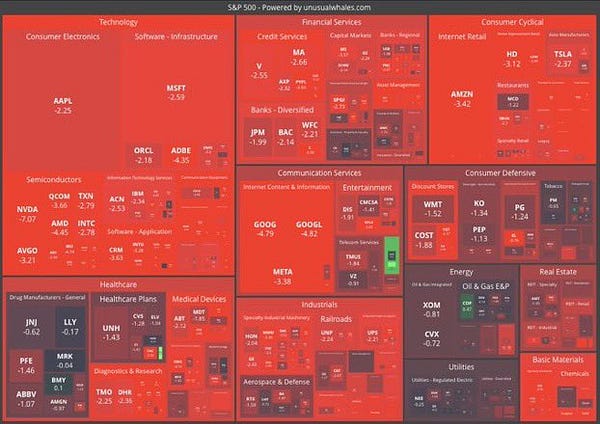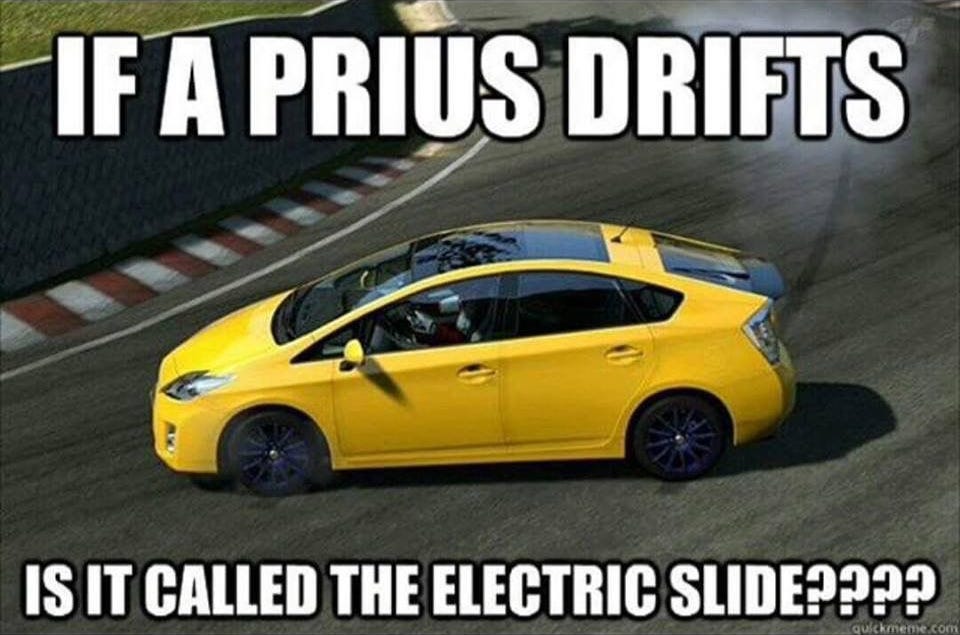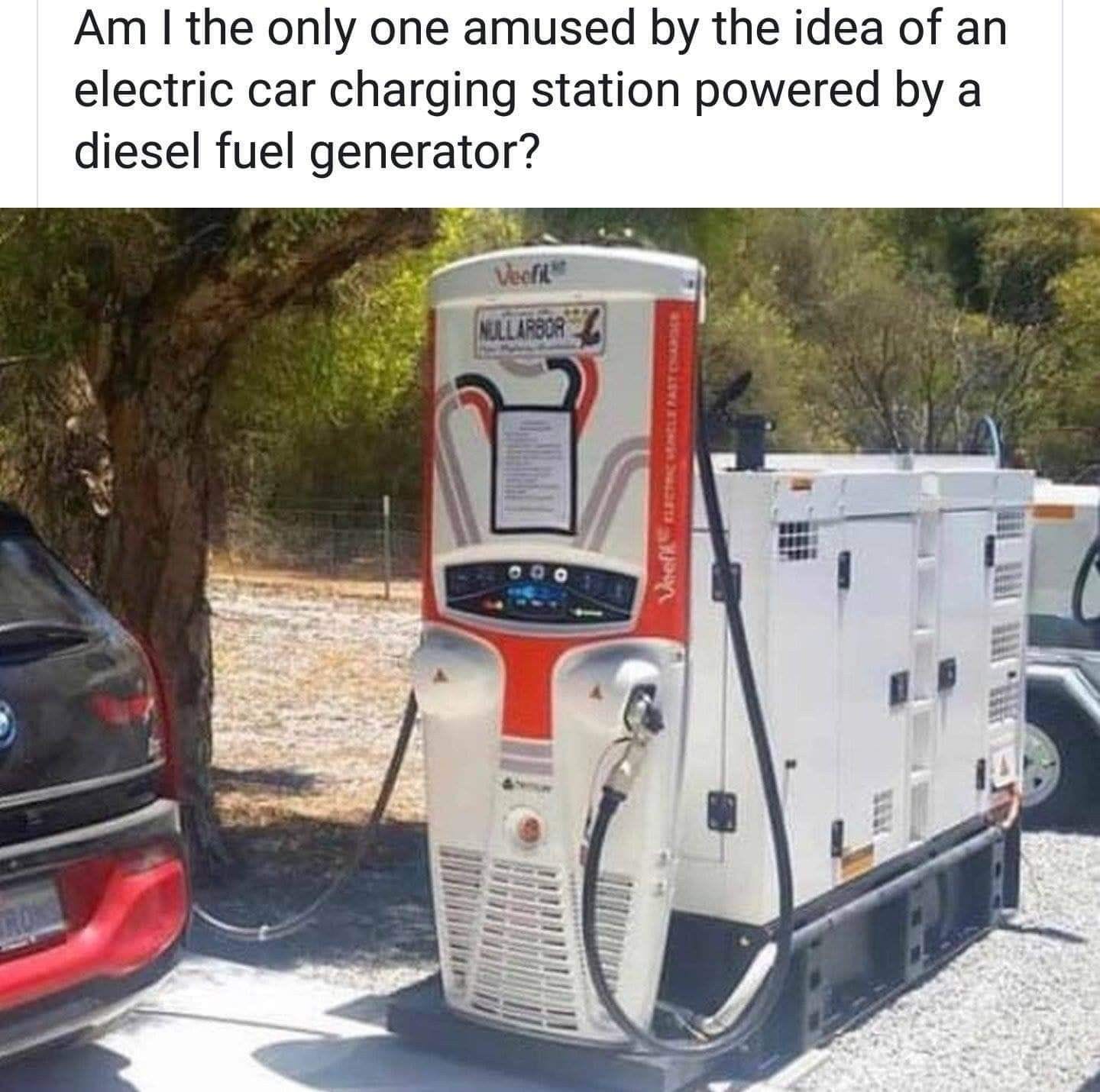The below tweet has been making the rounds on the blue bird.
Talk about sticker shock. $30k for a replacement battery for a Chevy Volt and Volts are hybrid vehicles which means it is both electric and gas powered. The other note to pay attention to is that this particular vehicle only had 70k+ miles before it needed a new battery. This all seems a little outrageous, so I decided to dig a little deeper.
How-to-geek has done a good job pulling together all the relevant info. You can find their article here.
“The life of an EV battery is commonly measured in charge cycles—that is, the number of times the battery is fully charged and discharged. As with other devices powered by lithium-ion cells, the amount of charge the battery can hold will decrease as the battery pack degrades over time.”
You see this with you smartphone. Over time, the phone’s ability to hold a charge diminishes.
It also seems most manufacturers have five to eight-year warranties on their EV batteries. Tesla offers an eight-year warranty on their vehicles. Nissan also offers 8 years or 100,000 miles. Even Chevy offers an 8-year/100k mile warranty. So what’s with the above repair estimate? Well that Volt is a 2012 model, so well outside the warranty. Also the batteries for these older Volts are more expensive. Here-in lies the rub.
Currently, EV batteries are estimated to last between 100k and 200k miles. This means driving an average of 15k miles per year (rough US norm), you’ll get approximately 10 years out of the battery. It will then need to be replaced. Right now that replacement costs somewhere between $14k-$20k. But take a look back at the 2012 Volt.
As technology progresses, newer battery styles will be developed. This means that in 10-12 years time, when you need a new battery, it will be more expensive than it is today because processes and technologies will have changed. The battery that you will want to buy for your EV will be considered old tech. This adds a new layer of data into my Energy Thesis.
If batteries will need to be replaced every 10 years, if we do get to 100% EV adoption, the amount of nickel, lithium, and cobalt needed will become extreme. Right now, portions of the battery are able to be recycled, but newer elements will be needed. This will reduce the impact but there will still be a need.
Meanwhile, back at the Fed. Neel Kashkari is “delighted by the market’s reaction to the Jackson Hole” meetings.


Mish highlighted this when it first dropped but it shouldn’t be too surprising. The Fed’s goal is to raise rates and crush the EU. They know that it’ll cause market turmoil and near-term pain. They are getting the reaction that they want. With this said, there should be no expectation of a pivot. That language should go the way of “transitory inflation”. The assets bubbles that have been blown in the past need to be deflated if the Fed is to break the eurozone. This should be an indicator that the Fed put is dead. They are not coming to save investors this time around.
While the Fed’s cover to continue to raise interest rates is combating inflation, politicians are ever on the hunt to create more inflation.
The governor of Pennsylvania on Monday called on the state legislature to provide $2,000 in stimulus payments for some families to “survive inflation,” although such programs have been flagged by critics as contributing to price pressures.
“I want to give Pennsylvanians the step up they need to survive inflation and higher prices. So, $2,000 to any family, to families making $80,000 dollars or less. We estimated that about 250,000 families will apply for this,” Democrat Gov. Tom Wolf said.








Lol the governor of PA is a real dummy. He's the one that hired the mentally ill man dressed as a woman to be his health director.
I think California, which is apparently run by American Psycho 2.0, also toyed with the idea of "inflation payouts."
You gotta love it!
EV adoption has a LOT of challenges, but I think it's premature to conclude that batteries in older EVs will always remain expensive due to advancements in battery technology. When considering the technology maturity curve, the early adopter stage is where there tends to be more proprietary parts and this is where you run into issues with parts being phased out and unsupported in the future.
But if EVs are to mature, we should expect the development of open industry standards and commoditization of parts. Batteries and charging stations will be two important areas for industry standards. If those are established (which seems like a requirement for widespread adoption), battery technology can advance while continuing to be compatible with older EVs. One simple example is how USB standards continue to evolve and get faster and faster but remain backwards compatible due to the interface spec standard.
Regarding the Fed's goal of crushing the EU, can you elaborate on that? I saw mention of that yesterday as well regarding the ECB but not totally tracking.